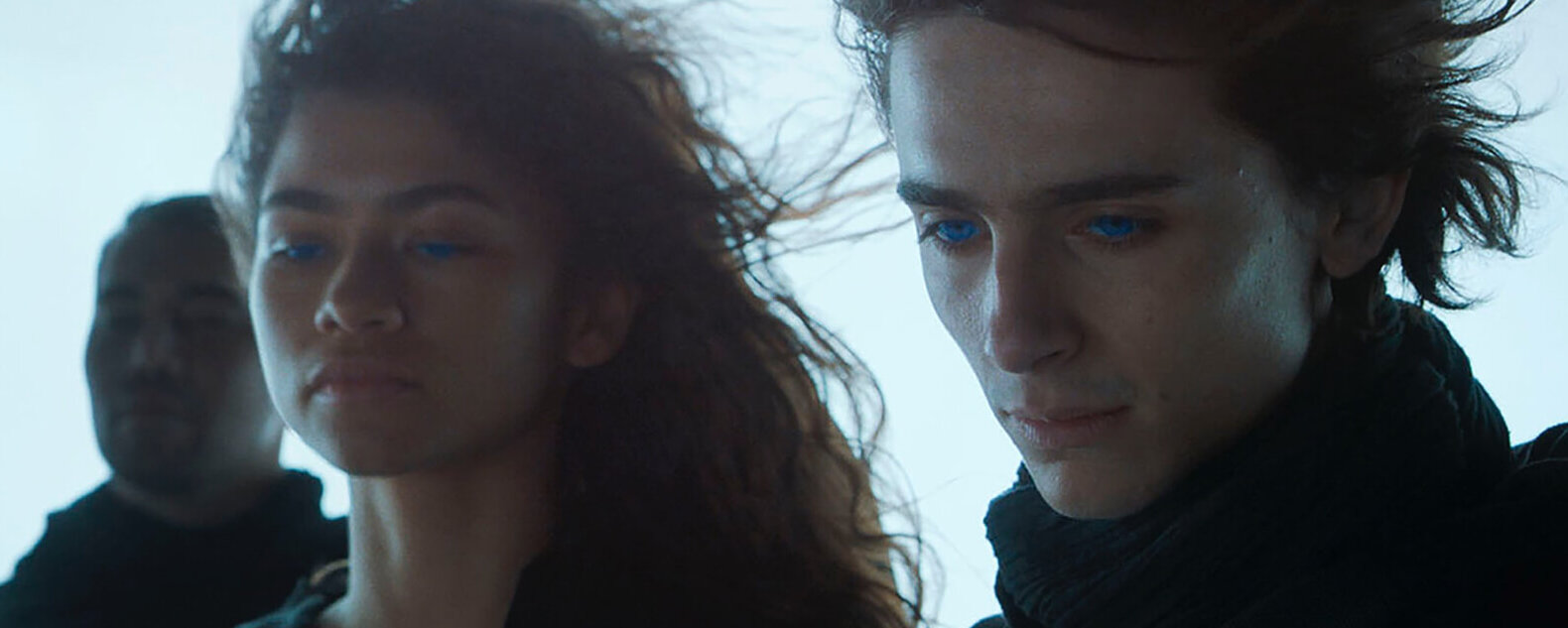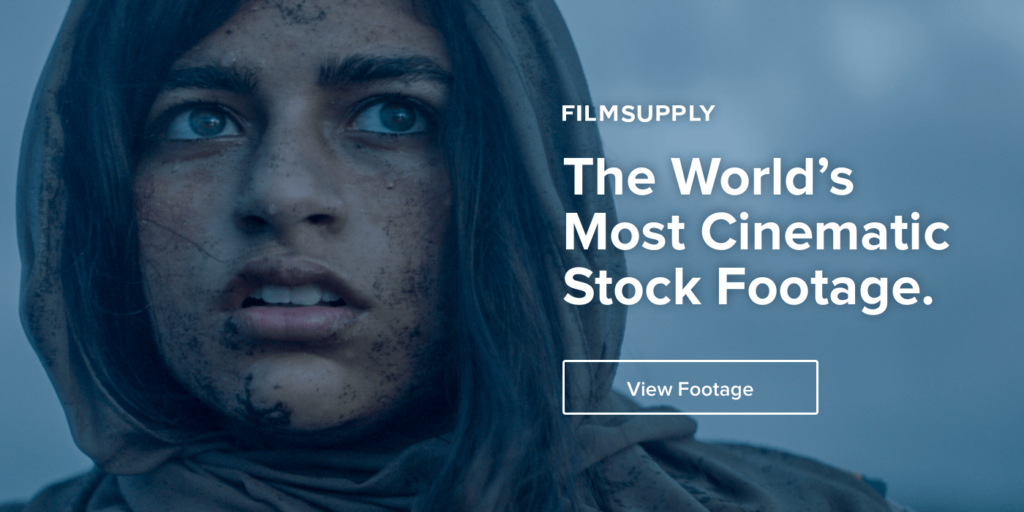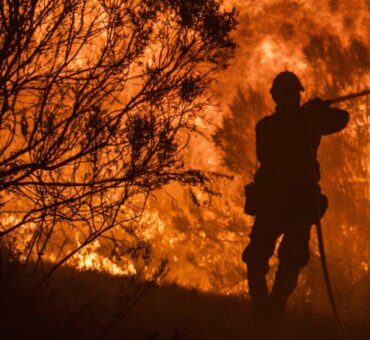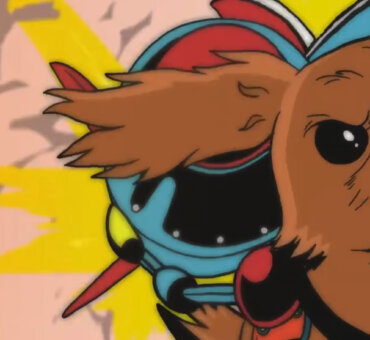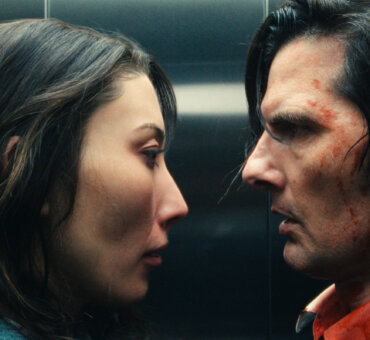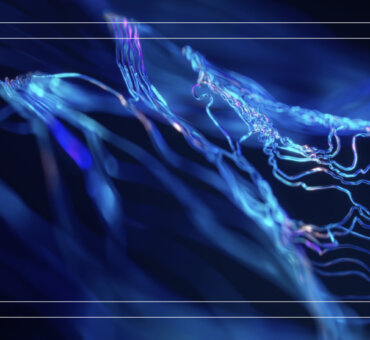While some film editors are known for their ability to punch up ineptly staged action scenes or even rescue entire movies shot with a less-than-cinematic eye, Joe Walker has developed a reputation as a genuinely creative collaborator. Having cut multiple feature films for filmmakers Steve McQueen and Denis Villeneuve, Walker’s involvement in projects that are anything but by the numbers often surfaces as ingenious editorial choices—both the cut of the films and how the sound mix develops. (The latter aspect is especially significant given Walker’s early and ongoing interest in music.)
We sat down with Walker to discuss his work as the editor of Dune and to pick his brain for a few insights. Here’s what we learned.
Filmsupply: What was your immediate impression of the Dune universe after reading the Frank Herbert source novel?
Joe Walker: I saw much filmic potential in the material—the Arrakis scenes conjured up thoughts of Lawrence of Arabia for me—and felt the author was very prescient with his thoughts on environmentalism and ecology. Not all of the situations in the book were readily adaptable, but Denis knew the story and what he wanted to see and do with it. From there, he welcomed input from [cinematographer] Greig Fraser, [production designer] Patrice Vermette, and I—among many others.
Can you describe the development of the early scene when Paul [Timothee Chalamet] confronts the Reverend Mother [Charlotte Rampling]?
Denis knew the characters employing the Voice would draw on the Sisterhood’s ancestry for some of the power in these declarations. So we pulled together a really amazing group of vocal talent [including Marianne Faithfull and Jean Gilpin], but then we added a mystical quality by playing with the sync while the power of the Voice was amplified visually with some post-image shake. Musically, there were additional textures coming from the sound editors and Hans.
How did this collaboration alter your original approach to the edit of the scene?
We weren’t throwing anything away but instead trying to enhance things. At first, we didn’t plan to have any of Paul’s visions when his hand was in the box, but Timothee’s performance—specifically, something in his eyes as he reacts to what the Reverend Mother is doing—suggested we consider adding visual aspects that would give depth to the scene, which is otherwise just these two people in a room with another [Paul’s mother Jessica] standing outside.
Something similar happened when Paul experienced an adverse reaction to spice exposure when cutting the spice harvester attack. We hadn’t intended to include any visions, keeping it an in-the-moment part of the narrative. However, owing to Denis’s openness and flexibility, plus the impact of COVID on the schedule, we had time to consider possible options. Seeing more of Paul’s visions here altered both the rhythm and the content of the cut. Originally, I had edited the scene without thinking of music at all, relying primarily on an array of sound effects and pounding drums. But that was all again affected by Hans’s surprising choice to play the sandworm’s attack on the harvester with a very spiritual-sounding cue, one that carried a religious kind of awe.
There are a number of delicate visual abstractions that appear in the film and have a really nice analog quality. What was the philosophy behind these?
Those were chosen from an enormous number of different lens flares shot during principal photography [the 2nd unit DP was often tasked with capturing interesting light patterns and reflections in addition to more traditional insert work.]
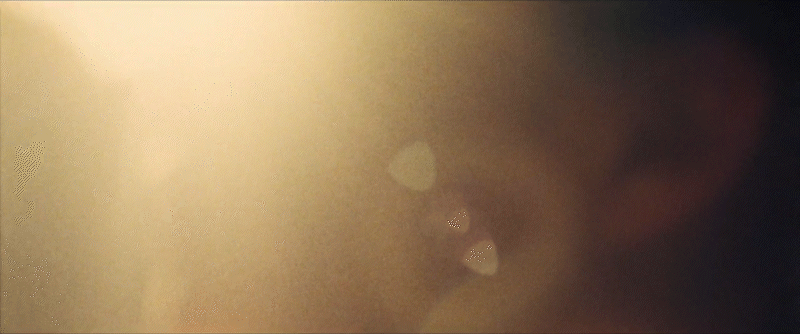
Some of those felt to me like peering through your eyelashes at a bright sky. Rather than sticking to conventional narrative continuity, including these moments let us change up the rhythms and dwell briefly on the daydream quality of the imagery.
Subtlety seems to be the watchword for much of this film. Was there an intention to present the unearthly details rather quietly, like the desert mouse and the weird spider?
I thought the really unnerving part about that human spider was how it was moving its bowl around (laughs.) Figuring out when we need to focus on a detail, to afford us a moment in which to revel in some minuscule aspect of an environment, is a big part of how things can get revisited and reevaluated during post. If you get a moment that plays in the wide shot, do you really need to put a button on that with an insert? Are you making the film for people who need everything spelled out, or do you dare to go more daring and hope they are with us and can pick up on the subtext without a cutaway or a close-up?
Is there a rhythm to how you build up your cut? Do you do multiple drafts on each section, or do you prefer a one-and-done approach?
I try to approach the material intuitively. Before there was any CG for the hunter-seeker who comes after Paul, I had VFX put the actual words “hunter-seeker” into the plate, cruising along through the frame like a stand-in for the eventual effect. The words moved very slowly but maintained the proper perspective throughout.
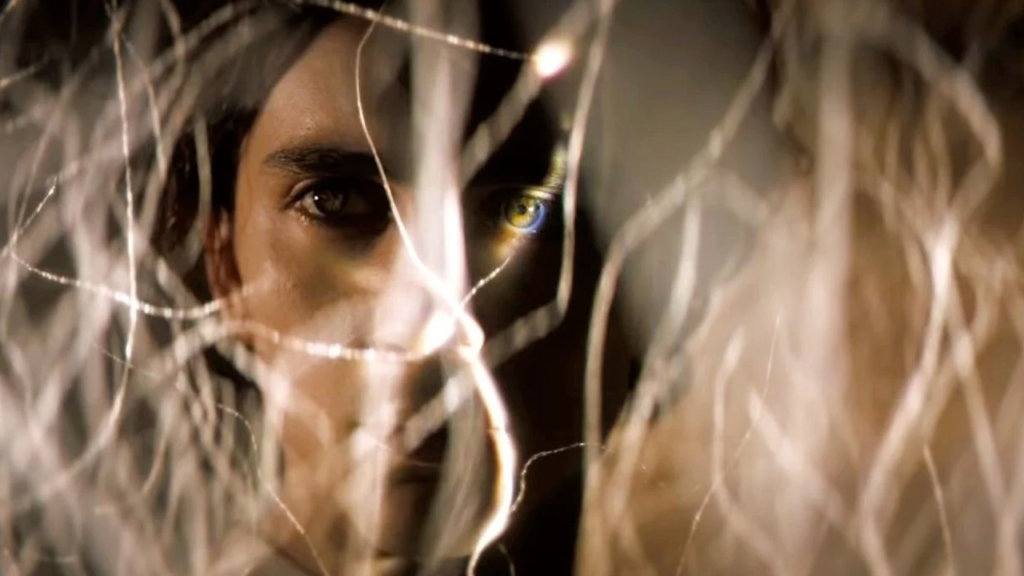
I needed that placeholder added to the plate to get a bead on whether the edit was right; without it, I wouldn’t have been able to determine the timing to indicate, “This is really creepy.” Plus, by playing with the timing up front, we could lock things in and save on some of the expensive renderings of the film’s hunter-seeker effect.
The battle scenes in Dune don’t seem to follow the big-movie tradition of fast-cutting and slick choreography. Is it your preference to integrate those beats in a more naturalistic way, or is this just a conscious effort to avoid the “movie set-piece” feel?
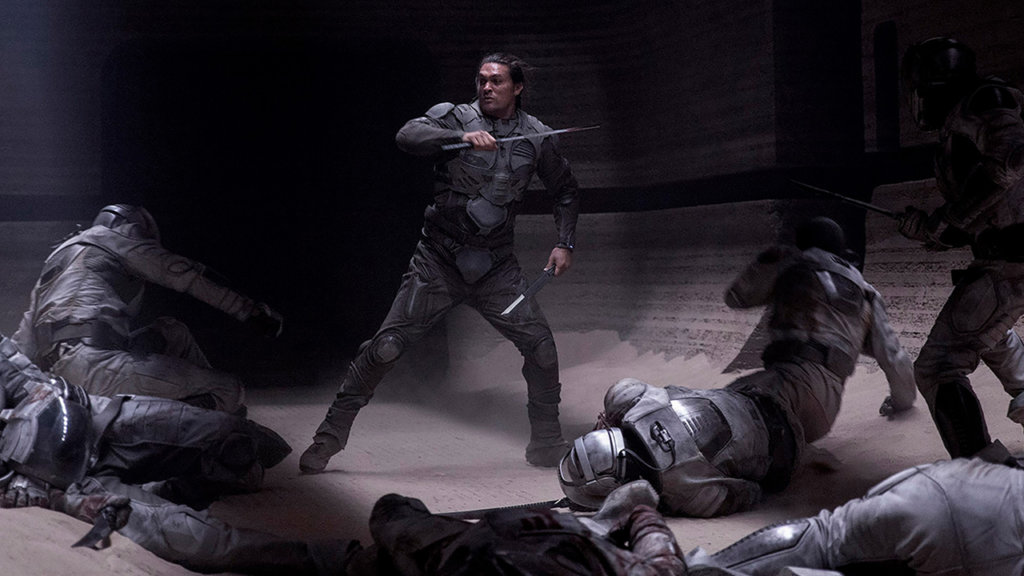
Good choreography—whether it is for a fight scene or a dance movement—can get obliterated by cutting too quickly. If the beats of a fight scene feel right after my initial cut, then I might not feel the need to revisit and further tighten things. Editing the Paul/Jamis fight was very quick and straightforward for me, very different from those earlier scenes I mentioned that required extended discovery processes, both for content and rhythm.
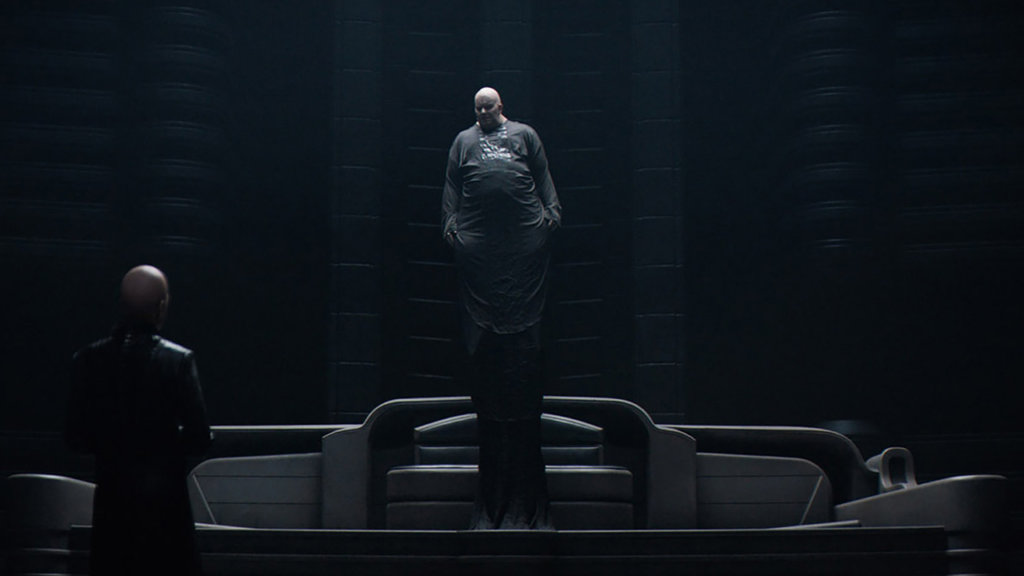
The decision not to cut away—like when the Baron rises slowly when confronting Duke Leto—is another way to emphasize things because while he looks haunting and scary, there’s a beauty to it that is compelling and lets us play it out at length.
Can you give an example of altering an approach by rethinking the rhythm of an action?
The worm arrival at the end. We started with a wide view looking out over the sands before you see anything. We extended that by making it into a binocular lens view, so the audience can’t see beyond the borders of the lens, letting the tension mound further before the sandworm is finally glimpsed.
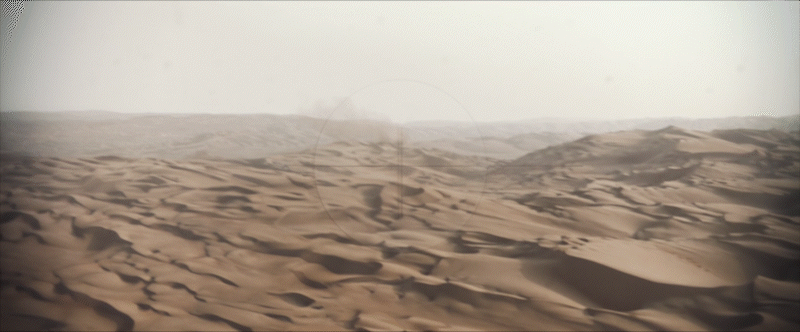
So there’s a rhythm set by anticipation, and then the reveal comes, which is augmented by sound effects and Hans’s music
So, do you feel as if you’re conducting the cinematic orchestra to deliver the best rhythmic beats at the right time?
It’s not always a matter of choosing what’s best; it can be what is most appropriate or necessary. The parts that took us the most time to settle and lock into place were Paul’s dream visions, which really help the audience understand where he is emotionally and how he is dealing with the challenges and pressures of his position. Denis likened the editorial possibilities to being like how one might cut a documentary because even with all these various ingredients, there was no simple, straightforward way to dramatize. This actually went on right to the end, with Denis and I still finessing things right up until when the drive got sent out!
